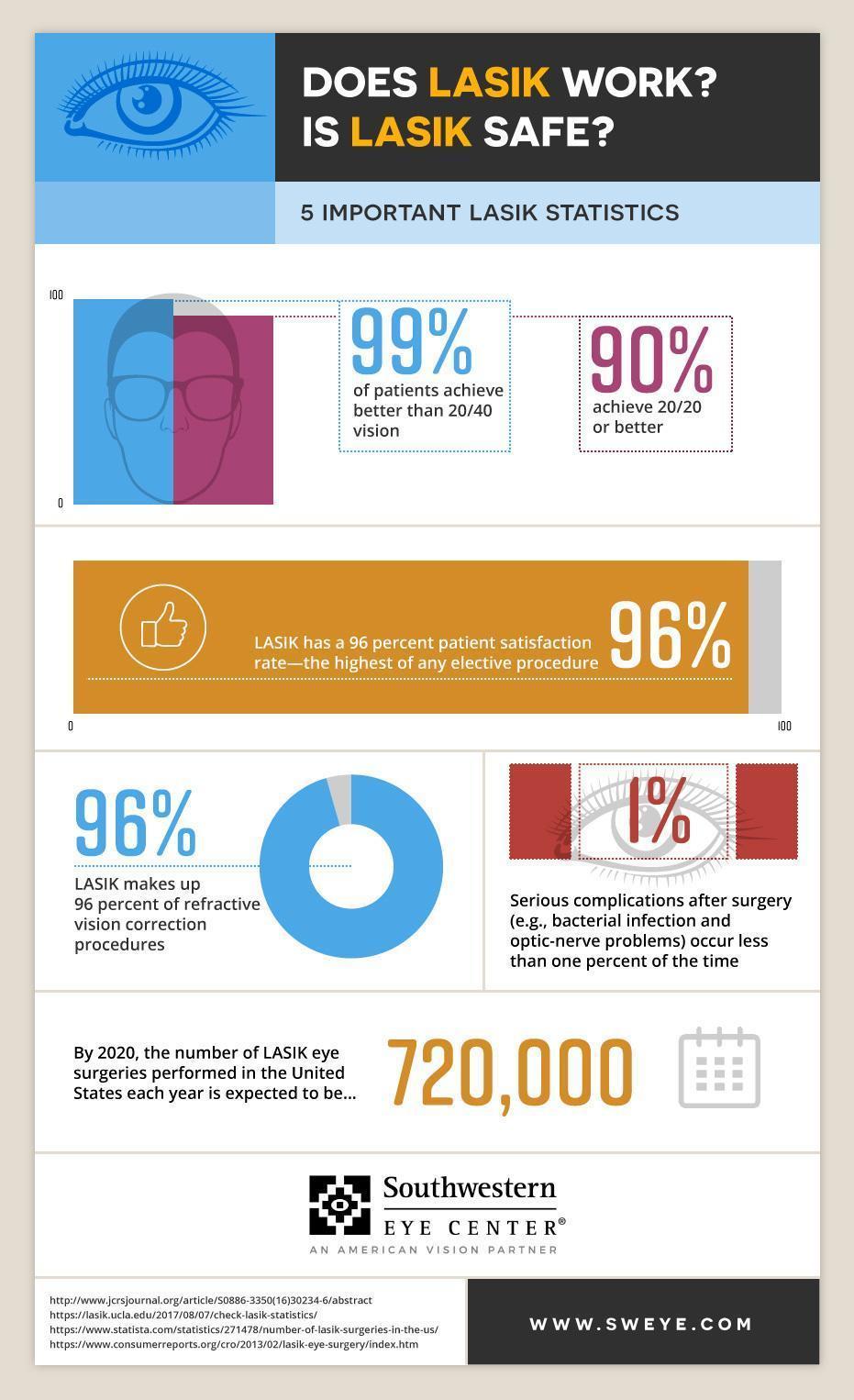Comparing Standard And Modern Approaches To Treating Glaucoma
Comparing Standard And Modern Approaches To Treating Glaucoma
Blog Article
Author-Locklear Lassen
Did you understand that the advancement of glaucoma therapy approaches covers centuries, encompassing both standard solutions and innovative innovations? From ancient natural mixtures to advanced Minimally Intrusive Glaucoma Surgery techniques, the range of options is vast. As you explore the ins and outs of conventional versus cutting-edge techniques, you may reveal surprising insights that challenge conventional point of views on treating this common eye condition.
Historical Development of Glaucoma Treatments
The historic advancement of glaucoma therapies dates back to old worlds where various solutions were made use of to take care of the condition. In ancient Egypt, as an example, treatments entailed a combination of honey, fat, and sour milk related to the eyes. The Greeks and Romans likewise contributed to early glaucoma treatments with a focus on topical applications and nutritional interventions. Throughout background, varied societies established one-of-a-kind techniques to ease the signs and symptoms of glaucoma, commonly rooted in natural solutions and superstitious notions.
As time proceeded, improvements in clinical expertise resulted in more methodical methods to dealing with glaucoma. Between Ages, Arabic scholars made considerable payments by researching the makeup of the eye and establishing surgical strategies to attend to eye conditions. These very early technologies laid the foundation for modern-day glaucoma treatments that we've today. Comprehending the historic context of glaucoma therapies offers useful insights right into the constant development and improvement of medical techniques over the centuries.
Contrast of Conventional Methods
In contrasting traditional methods for dealing with glaucoma, consider the historic contexts and performance of numerous solutions.
Traditional treatments for glaucoma have actually advanced over centuries, from old techniques like making use of honey and wine to extra current improvements such as eye drops and surgeries. Historically, remedies like the application of leeches or organic mixtures were utilized to relieve signs, yet their performance was restricted.
As time progressed, methods like iridectomy, where a part of the iris is removed, became prominent for reducing intraocular stress. after a cataract surgery , like utilizing oral drugs to reduce eye pressure, have stood the test of time and are still used today. Nevertheless, these therapies often come with negative effects and may not be as efficient as modern alternatives.
It's essential to consider the historical importance of standard glaucoma therapies against their efficacy in the context of existing medical innovations.
Evaluation of Cutting-edge Treatment Methods
Thinking about the advancing landscape of glaucoma therapy, cutting-edge methods are revolutionizing the way this eye problem is managed.
One significant improvement is minimally intrusive glaucoma surgical treatment (MIGS), which uses a less intrusive option to traditional operations. MIGS intends to decrease intraocular stress by improving the eye's natural drain system, bring about fewer complications and faster healing times contrasted to conventional surgical procedures.
Furthermore, the development of sustained-release drug delivery systems has offered a much more reliable way to provide glaucoma medication. click for source can release medication progressively over an extended duration, improving client adherence and decreasing the frequency of eye decreases.
Moreover, emerging technologies like selective laser trabeculoplasty (SLT) supply a non-invasive option for decreasing intraocular stress by targeting certain cells in the eye's water drainage system.
Conclusion
As you review the evolution of glaucoma treatments, you can see exactly how traditional techniques have paved the way for ingenious techniques to emerge.
From old remedies to contemporary improvements, the journey of treating this complicated eye condition has been like a rollercoaster adventure.
Yet with new techniques like MIGS and sustained-release medication delivery, the future looks brighter than ever for individuals seeking efficient and less intrusive solutions.
